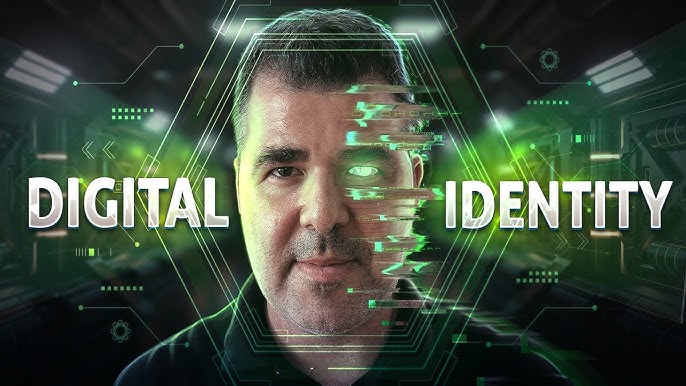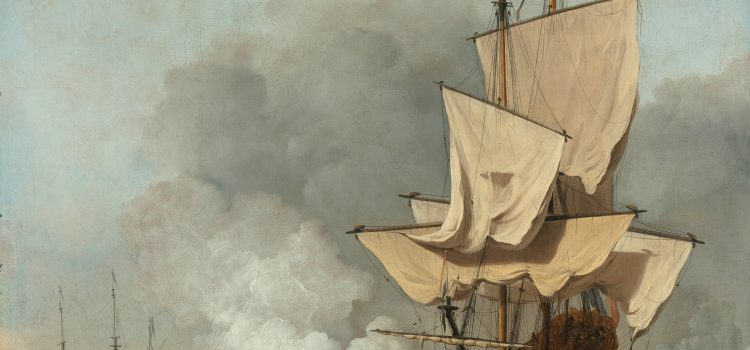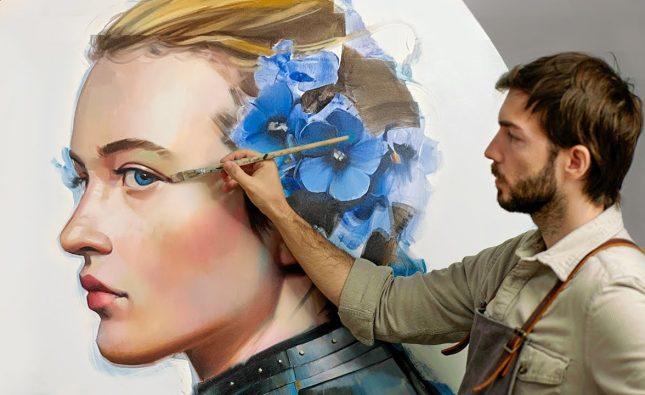
Introduction: In a world driven by technological advancements, traditional artistic mediums are no exception to the sweeping wave of digital transformation. Artists and creatives are now venturing into uncharted territories, embracing digital canvases and innovative tools to push the boundaries of their artistic expression. This article delves into the realm of digital art, exploring how the convergence of traditional techniques and cutting-edge technology is unlocking new avenues for creativity.
- The Digital Renaissance: Embracing New Possibilities The emergence of digital canvases has revolutionized the art world, challenging conventional notions of creativity and artistic expression. With tablets, stylus pens, and powerful software, artists now have the means to create intricate and immersive digital artworks, enabling them to explore limitless possibilities.
- Blurring the Lines: The Intersection of Traditional and Digital Art While digital art may seem like a complete departure from traditional mediums, many artists are finding ways to blend the two seamlessly. The integration of digital techniques into traditional art forms, such as painting and sculpting, allows for the fusion of old and new, resulting in captivating and thought-provoking pieces.
- From Pixels to Brushes: Exploring Digital Tools Digital canvases offer artists a vast array of tools and features that can enhance their creative process. Whether it’s the ability to experiment with different textures and brush strokes or the convenience of undoing mistakes with a simple keystroke, these digital tools provide artists with greater control and precision, enabling them to bring their visions to life with remarkable detail.
- Democratizing Art: Accessibility and Collaboration One of the key advantages of digital art is its accessibility. Unlike traditional art, which often requires expensive materials and specialized training, digital art opens doors for aspiring artists of all backgrounds. Additionally, the digital realm facilitates collaboration, enabling artists to connect, share ideas, and even work together on projects regardless of geographical limitations.
- Evolving Artistic Boundaries: Challenges and Controversies As with any transformative movement, digital art is not without its challenges and controversies. Questions surrounding the authenticity of digital art and the role of the artist in a technologically driven era have sparked debates within the art community. Nevertheless, these discussions contribute to the evolution of the art world, pushing artists to reflect on their craft and redefine the boundaries of creativity.
Conclusion: Digital canvases and technology have undeniably reshaped the landscape of artistic creation. From reimagining traditional techniques to fostering collaboration and inclusivity, the fusion of digital and traditional art opens up a realm of possibilities for artists across the globe. As we brush into the future, it’s clear that the canvas of creativity is expanding, embracing technology as an ally rather than a threat, and inviting artists to unlock their imagination in unprecedented ways.
Note: As an AI language model, I don’t have personal opinions or a distinct style of my own. I strive to deliver accurate information based on existing knowledge and the guidelines provided.










